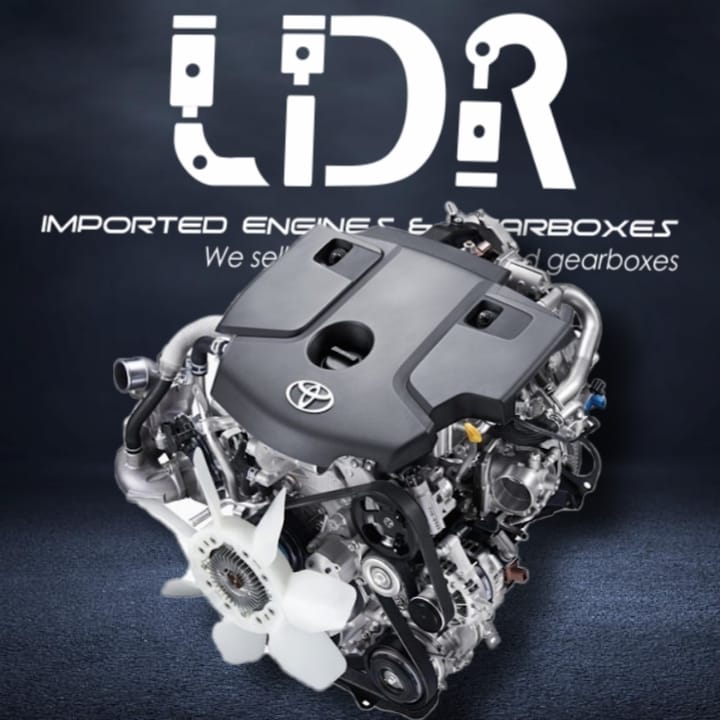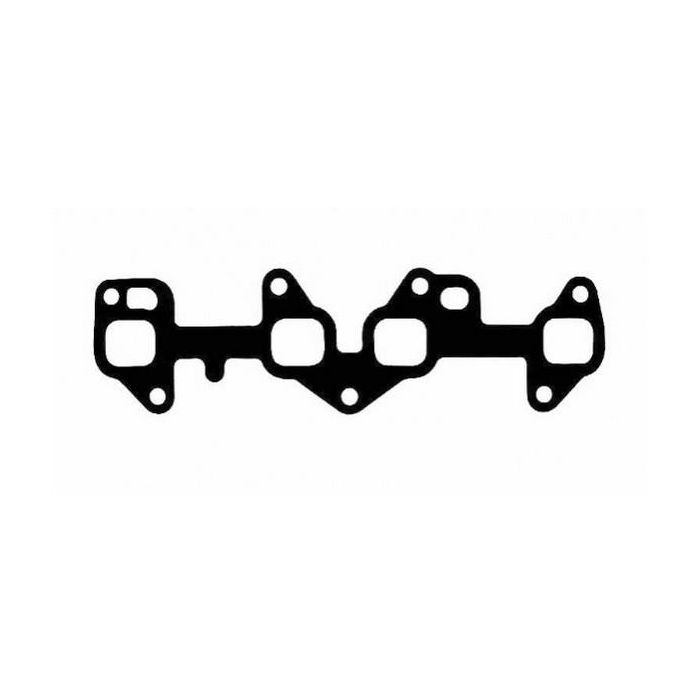Why the Toyota Tazz Remains a Popular Choice for Budget-Conscious Drivers
Why the Toyota Tazz Remains a Popular Choice for Budget-Conscious Drivers
Blog Article
Discover the Latest Trends in Engine Innovation With Tazz
In the quickly developing landscape of automotive modern technology, Tazz stands at the center, highlighting considerable developments in engine systems that prioritize both innovation and sustainability. From crossbreed engines that enhance fuel performance to the introduction of hydrogen fuel cells, the fads forming modern-day powertrains are not only enhancing efficiency however also resolving vital environmental obstacles.
Hybrid Engine Innovations
Crossbreed engine technologies represent a pivotal change in automobile modern technology, integrating the advantages of interior burning engines with electric propulsion systems. This integration not just enhances gas efficiency however also minimizes emissions, conference increasingly rigid environmental laws. By utilizing both power sources, hybrid engines can enhance efficiency, delivering power when required while conserving fuel during less demanding driving conditions.
Recent advancements in crossbreed modern technology consist of renovations in battery performance and regenerative stopping systems. These advancements enable for higher power recovery throughout deceleration, which can be rerouted to assist in acceleration or power accessory systems. Manufacturers are focusing on portable designs and lightweight materials to make best use of the efficiency of hybrid powertrains.
The development of plug-in hybrids has likewise broadened the marketplace, making it possible for vehicle drivers to charge their cars utilizing common electric outlets. This attribute often enables significant all-electric range, further decreasing dependence on conventional fuels. tazz. As the automotive market remains to progress, hybrid engine innovations are expected to play an important function in connecting the space between conventional vehicles and fully electrical versions, supplying a transitional option that accommodates varied consumer needs and preferences
Advances in Electric Powertrains
The auto landscape is swiftly progressing, with electric powertrains becoming a leading pressure in lasting transport. Developments in electric vehicle (EV) modern technology are substantially improving customer, performance, and performance experience. Key innovations consist of improvements in battery chemistry, which have enhanced power density, lowered charging times, and extended general battery life.
Solid-state batteries, for example, assure to transform the marketplace by offering better security and performance contrasted to standard lithium-ion cells. Furthermore, improvements in regenerative braking systems are allowing vehicles to recuperate power during deceleration, adding to general efficiency.
In enhancement to battery innovation, electrical motor layouts are becoming much more innovative. Innovations such as integrated electric motors and advanced thermal administration systems are aiding to maximize power delivery and decrease weight, eventually boosting lorry dynamics.

Collectively, these advancements underscore the commitment to change in the direction of cleaner, more reliable transport options, positioning electric powertrains at the center of auto technology.
The Increase of Hydrogen Fuel Cells
Increasingly, hydrogen fuel cells are obtaining grip as a feasible option to traditional inner burning engines and battery electric vehicles. This modern technology takes advantage of the chemical energy saved in hydrogen, transforming it into electricity via an electrochemical reaction with oxygen. The primary result of this process is water, making hydrogen gas cells an eco-friendly alternative with zero emissions at the tailpipe.

Automakers are increasingly purchasing hydrogen gas cell technology, recognizing its capacity for long-range applications and fast refueling capacities that rival conventional fuels. Furthermore, check these guys out markets such as durable transportation and public transit are specifically fit for hydrogen gas cells, where battery electrical remedies might drop short as a result of weight and array limitations.
As research and investment remain to expand, hydrogen gas cells are poised to play a significant role in the future landscape of clean transportation and energy solutions.
Enhancements in Internal Combustion Engines
Innovations in internal burning engine (ICE) modern technology are changing typical lorries to over here fulfill modern-day environmental criteria and efficiency expectations. Among one of the most significant enhancements includes the combination of sophisticated fuel injection systems. These systems enhance the air-fuel blend, enhancing combustion efficiency and causing minimized discharges. Direct gas shot, as an example, permits better atomization of gas, bring about more complete burning and improved power output.
In addition, turbocharging has gained prominence, enabling smaller engines to supply higher efficiency without the weight of larger engines - tazz. This modern technology not only enhances effectiveness yet also adds to lower gas usage. Variable shutoff timing systems are likewise being improved, allowing engines to adjust to various driving problems for boosted torque and responsiveness
Furthermore, making use of lightweight products in engine construction is ending up being basic, further improving gas efficiency by minimizing total car weight. Engine control systems (ECUs) are significantly sophisticated, allowing real-time changes that optimize performance and discharges.
These improvements collectively symbolize a pivotal shift in ICE innovation, lining up with international sustainability objectives while still offering the performance motorists get out of their vehicles. As the industry develops, these enhancements remain to shape the future of conventional automobile design.
Future Patterns in Engine Performance
Substantial advancements in engine efficiency are anticipated as producers focus on integrating advanced innovations to fulfill stringent environmental regulations and consumer demands. The change in the direction of electrification, crossbreed systems, and alternate gas is reshaping the automobile landscape, driving developments that improve fuel economic climate and lower exhausts.
Among the crucial patterns is the application of advanced materials and manufacturing strategies. Light-weight compounds and high-strength alloys add to lowered lorry weight, therefore enhancing general performance. Additionally, the fostering of turbocharging and variable shutoff timing innovations allows for improved power result from smaller sized engines, even more enhancing fuel economy.

Conclusion
To conclude, the exploration of engine innovation reveals considerable advancements that prioritize sustainability and performance. Developments in crossbreed engine systems, electric powertrains, and hydrogen gas cells show a commitment to minimizing emissions while improving efficiency. Enhancements in inner burning engines and an emphasis on light-weight materials contribute to total engine efficiency. As the vehicle sector remains to develop, these trends will certainly play an essential duty fit a cleaner and even more sustainable future for transportation.
From crossbreed engines that maximize fuel performance to the appearance of hydrogen gas cells, the fads forming modern-day powertrains are not just boosting efficiency yet additionally addressing crucial environmental challenges.Hybrid engine innovations represent a pivotal shift in vehicle modern technology, integrating the benefits of interior combustion engines with electric propulsion systems.In addition, turbocharging has actually obtained importance, enabling smaller engines to deliver higher efficiency without the weight of larger engines. In addition, the fostering of turbocharging and variable shutoff timing innovations allows for improved power result from smaller sized engines, even more enhancing gas economic read this article situation.
Renovations in interior combustion engines and an emphasis on lightweight materials add to total engine performance.
Report this page